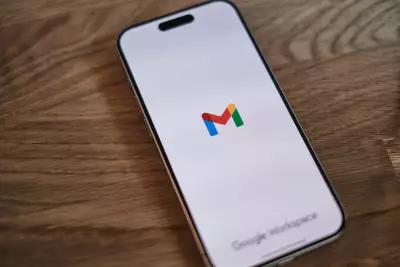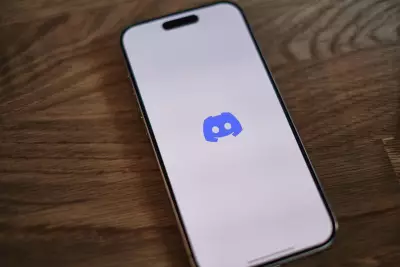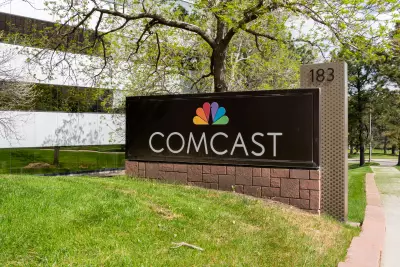What You Need to Know about the Comcast Data Breach
Table of Contents
- Published: Oct 02, 2025
- Last Updated: Oct 02, 2025
Comcast is a global powerhouse as one of the foremost telecommunications and media conglomerates. It was established in 1963 as a small cable operator in Mississippi. Comcast’s mission focuses on connection through broadband television and film. Besides being the largest home internet service in the United States, it owns large media platforms like NBC-Universal and Universal Pictures.
In September 2025, the company fell victim to a data breach perpetrated by the ransomware group, Medusa. They successfully retrieved 834.4 gigabytes of sensitive information and demanded $1.2 million in exchange for the documents. These included product management information, insurance modelling scripts and actuarial reports. The data could also include personally identifiable information.
Though it is yet to be verified. To substantiate their claims, Medusa posted file screenshots and listings of 167,000 files indicating the theft occurred. The group usually uses a double extortion model where victims are pressured by encrypting files and threatening to release the information unless the ransom is paid publicly.
When Was the Comcast Data Breach?
The data breach was first made public on September 26, 2025, after Medusa posted it on the dark web leak site. In the post, they alleged they had exfiltrated 834.4 gigabytes of corporate data and required $1.2 million in ransom. They gave Comcast 11 days to respond before threatening to release this information. To support this claim, the ransomware group also published up to 33 screenshots of internal documentation and 167,000 entries.
The file tree structure also suggested the data was highly sensitive, spanning different business domains, including personnel records, security logs, insurance model scripts and HR records. This recent attack is completely distinguished from an earlier attack from February 14 to February 26, 2024.
How to Check If Your Data Was Breached
Whether personally identifiable information was involved in the breach has yet to be determined. However, you may take proactive steps to check the data security. To see if your personal information was exposed, actively monitor your accounts and use available free tools. Begin by leveraging a free data breach checker like ‘Have I been Pwned’. This platform allows you to enter an email address and view if it has been found within known data breaches.
Other identity protection options also offer dark web scanning to determine if emails or other sensitive credentials have been leaked. It is also essential to regularly assess your credit and financial activity. Review your bank or credit card statements as well regularly. The goal is to determine if there have been any fraudulent transactions in the recent past.
Free credit monitoring services from TransUnion or Experian can offer daily access to a credit report. It will also alert you to significant changes, including new accounts opened in your name, for more monitoring. Companies that have experienced data breaches tend to offer yearlong identity protection packages. That said, Comcast has yet to offer free identity protection options to those potentially affected by the breach.
What to Do If Your Data Was Breached
If Comcast confirms that the data breach affected people and relays a notification report, take the following actions to protect yourself from identity theft. The first thing to do is to secure all active accounts. Immediately change passwords where you used the same credentials. Strong and unique passwords from a Google password manager are useful.
Two-factor authentication is also adequate, as it adds another layer of security to your accounts, preventing the risk of brute force hacking. If your social security numbers were exposed, set a credit freeze with the main credit bureaus. These are Experian, Equifax and TransUnion.
It limits the ability of criminals to open new lines of credit with your information. Monitor your financial and social accounts for any unauthorized access dating back weeks or even months before the data breach for due diligence purposes.
Are There Any Lawsuits Because of the Data Breach?
Considering the recent incident in September 2025, there is no information yet to confirm whether the breach resulted in lawsuits. As time passes, though, there may be individual or class action lawsuits in play. However, following the ransomware attack on Comcast’s third-party vendor, FBCS, where 237,000 customers had their details exposed, lawyers started investigating a class action suit.
Hence, it is not the first time that Comcast has experienced litigation following a data breach in the recent past. If the breach affects many individuals, they may seek this approach as a solution.
Can My Comcast Information Be Used for Identity Theft?
Considering the alleged September 2025 incident, the potential for Comcast’s data to be utilized for identity theft is high, especially if the hacker’s allegations are true. This is because the stolen information potentially contains sensitive information. Researchers who analyzed the file structure stated the leak could include personally identifiable information. If this is the case, exposed data could provide the criminals with the essential tools for fraud or identity theft.
What Can You Do to Protect Yourself Online?
There are a few steps you could take to secure your online presence. This is primarily during such data breaches. It means creating effective defensive digital habits and using relevant tools to mitigate the risk of being a victim. The following are ways you can do this:
Use Unique or Strong Passwords: The first is to use a strong or unique password for all social or financial accounts. A password manager from Google may be helpful here, as it generates and stores complex passwords. In the same line, enable multifactor authentication on every account. It increases the layer of protection, so you do not have to worry about brute force attacks.
Maintain Digital Hygiene: Treat all devices with care and install reputable antivirus software to ensure their security. The software should be continually updated. Avoid public Wi-Fi, but if necessary, use a virtual private network or VPN tool to encrypt your internet traffic. This also prevents the potential for malware to be installed on your devices.
Adopt Vigilance and Monitoring Mindsets: Consider the risk before clicking links or attachments from unverified emails. Some criminals may craft solicitations to pretend to be from Comcast or other reputable vendors. Do not open an email if it is from an unverified source. Reviewing your accounts and credit reports for any suspicious activity should also be a habit.
Utilize Identity or Credit Monitoring Packages: Some credit bureaus offer free checks. These can be used to see if you have been compromised. Alternatively, free tools like ‘Have I been Pwned’ can be used to check if your email was part of a data breach.














